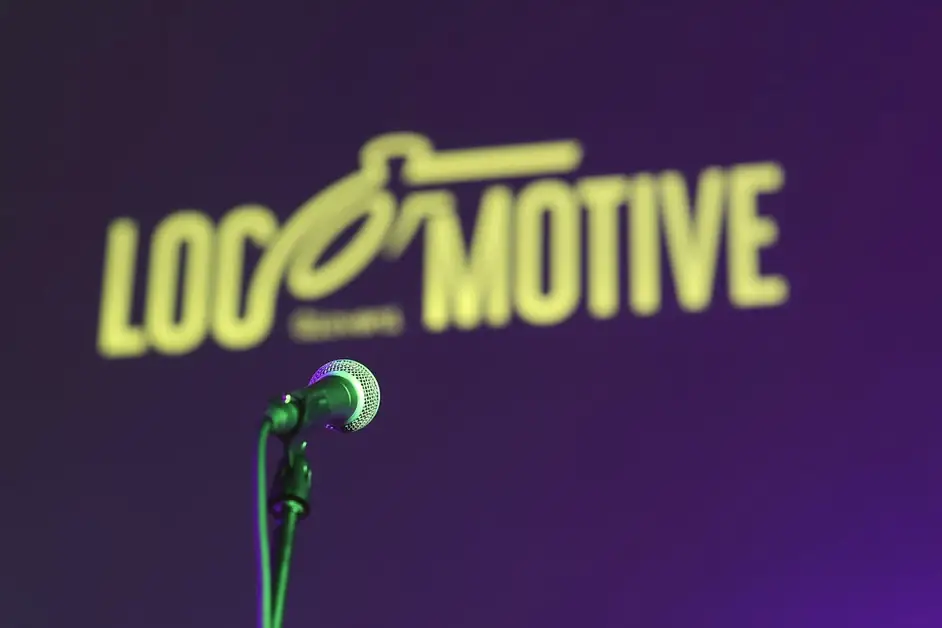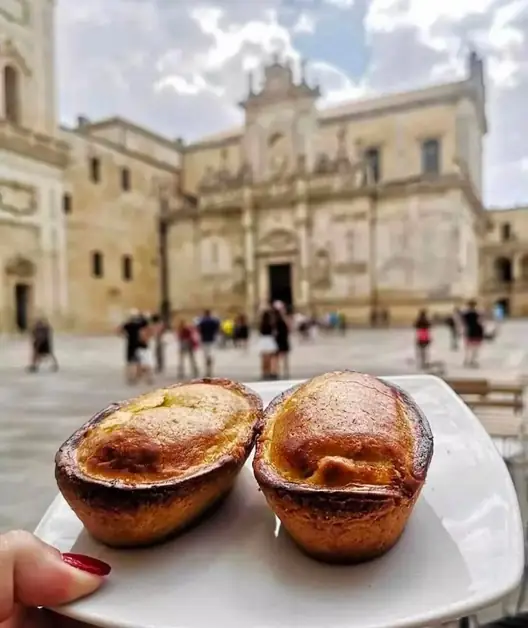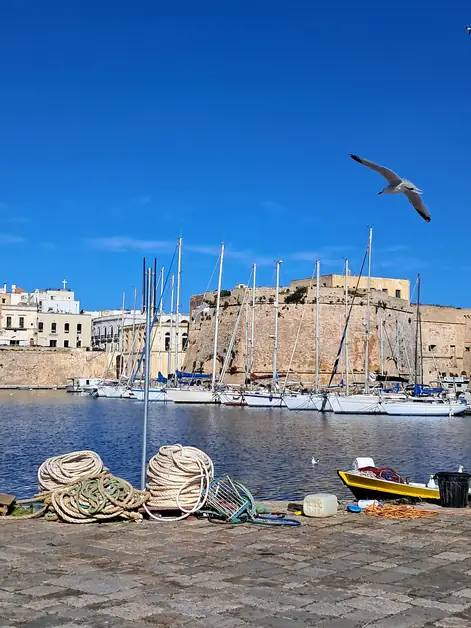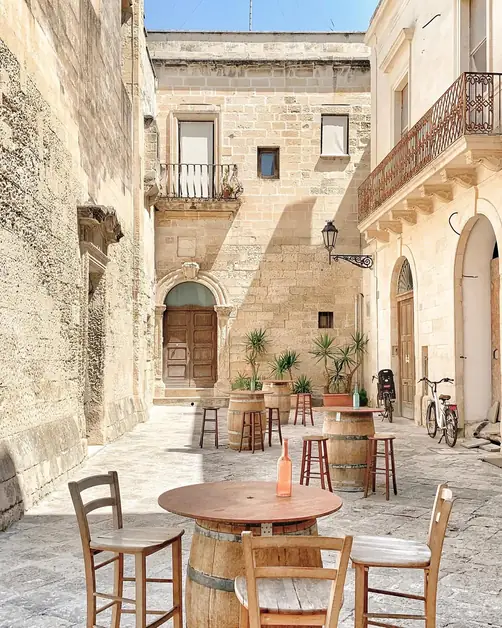Visit the Castello di Copertino and Discover Its History
Discover the Castello di Copertino, a historic fortress worth visiting.
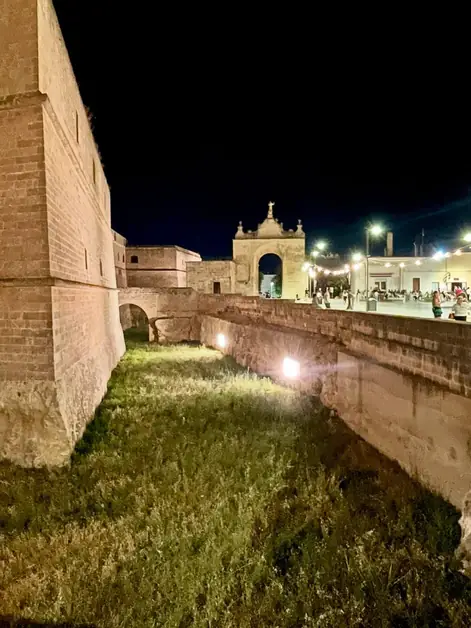
Where is the Castello di Copertino located and why visit it?
The Castello di Copertino is located in the heart of Salento, in the province of Lecce. It is one of the most imposing fortresses in Puglia, famous for its Renaissance beauty and the historical atmosphere that can be felt while walking among its bastions.
Visiting this castle means taking a leap into the past, walking among the stone walls, exploring towers and rooms full of history. It is an ideal destination for families, art and architecture enthusiasts, but also for those who simply want to experience a suggestive experience during a vacation in Salento.
What are the opening hours of the Castello di Copertino?
The castle is closed on Mondays. It is open from Tuesday to Sunday during the following hours:
Tue 08:30 - 13:30
Wed 08:30 - 19:00
Thu 08:30 - 19:00
Fri 08:30 - 19:00
Sat 08:30 - 13:30
Sun 08:30 - 13:30
It is not necessary to book, but booking is optional, useful during periods of higher tourist influx.
How much does it cost to visit the Castello di Copertino?
The full ticket costs 7 euros. The reduced ticket costs 2 euros (for children, seniors, students, etc.). The visit is accessible and suitable for all types of audiences.
What can you see during the visit to the Castello di Copertino?
The castle has a trapezoidal shape, with four large angular bastions, a monumental loggia, and a wide moat. At the center stands an Angioinian keep, the oldest part of the complex.
Inside, you can admire:
The large courtyard with sculpted columns
The frescoed rooms
The decorative elements typical of the Renaissance
The entrance portal with the imperial coat of arms
The chapel dedicated to Saint Mark
The walkways and panoramic views
Walking among the walls means immersing yourself in the history of the families that inhabited it, including the Squarciafico and Granito di Belmonte.
Why is the Castello di Copertino an example of Renaissance military architecture?
Built in the sixteenth century, the castle was designed to withstand sieges and defend the territory. The architect Evangelista Menga, a renowned military engineer, transformed it into a true defensive machine: angled bastions, loopholes, walkways, and moat.
Despite its military function, the castle also retains a strong aesthetic component: elegant arches, decorations in Lecce stone, and refined environments showcase the influence of the Puglian Renaissance taste.
What is the experience of visiting the Castello di Copertino like?
Much more than a simple cultural visit, entering the castle is an immersive experience. You are welcomed by a suggestive silence, broken only by the sound of your footsteps on the ancient stones.
Walking in the inner courtyard, exploring the halls, and looking out from the bastions provides authentic emotions. It is easy to imagine the daily life of the nobles who inhabited it, the ceremonies, the military preparations.
Tourists greatly appreciate the tranquility of the place, the photogenic views, and the opportunity to take a journey through Puglian history in a well-preserved and easily accessible location.
Who built the Castello di Copertino?
The origins of the castle date back to the Middle Ages, but it was Alfonso Granai Castriota, in the sixteenth century, who commissioned a significant expansion. The intervention of architect Evangelista Menga transformed the fortress into a masterpiece of defensive engineering.
Over the centuries, the castle came under the control of noble families such as the Squarciafico, the Pignatelli, and finally the Granito di Belmonte, who inhabited it until the nineteenth century.
Is the Castello di Copertino a national monument?
Yes, it was declared a National Monument in 1885 and, since 1956, it has been owned by the State. It is part of the Italian cultural heritage and is protected for its historical and architectural value.
How to reach the Castello di Copertino?
Copertino is located about 20 km from Lecce, in the heart of Salento. The castle is well signposted and can be easily reached by car, bike, or public transport. There are parking areas and refreshment points near the structure.
